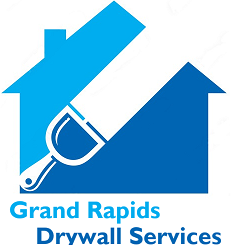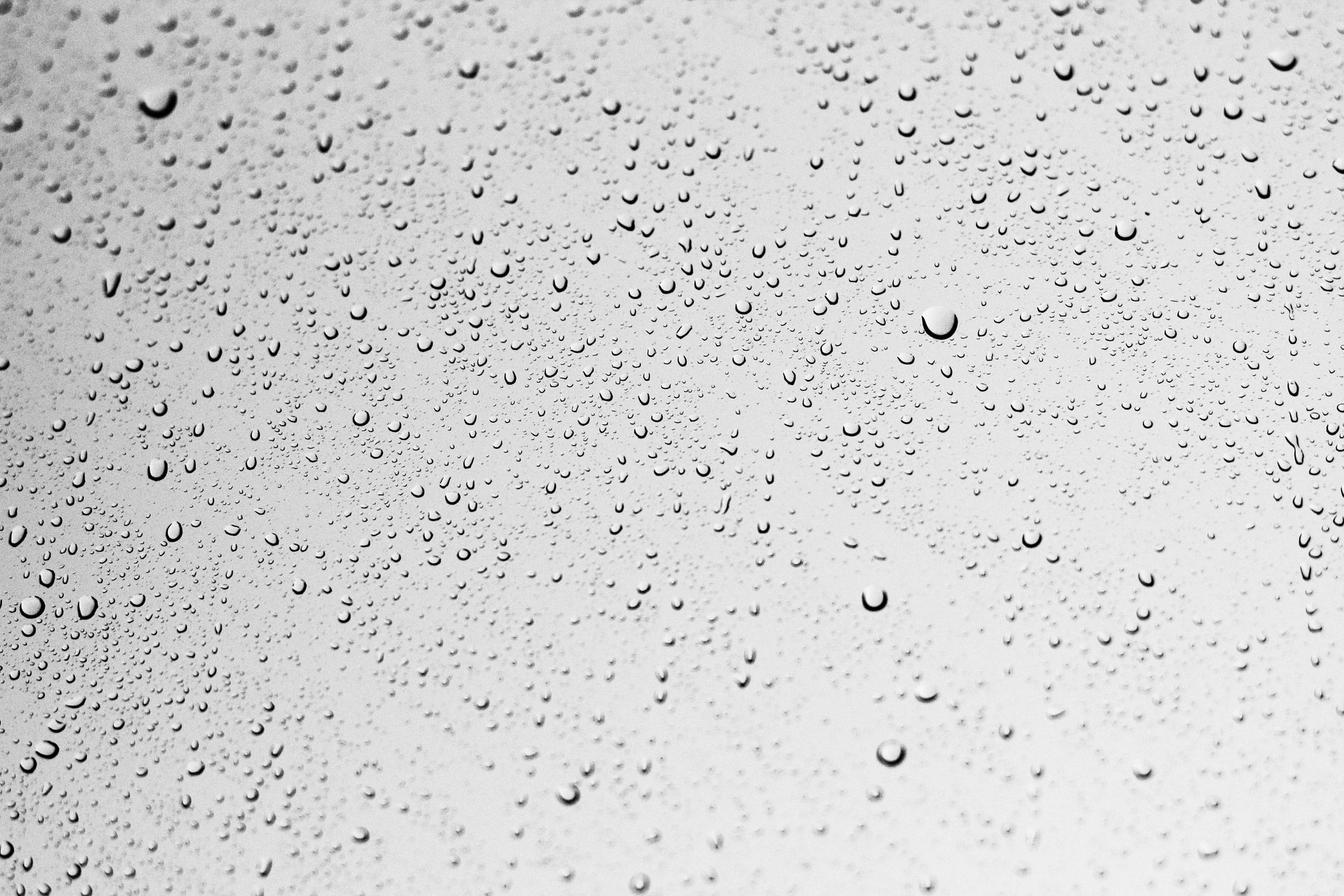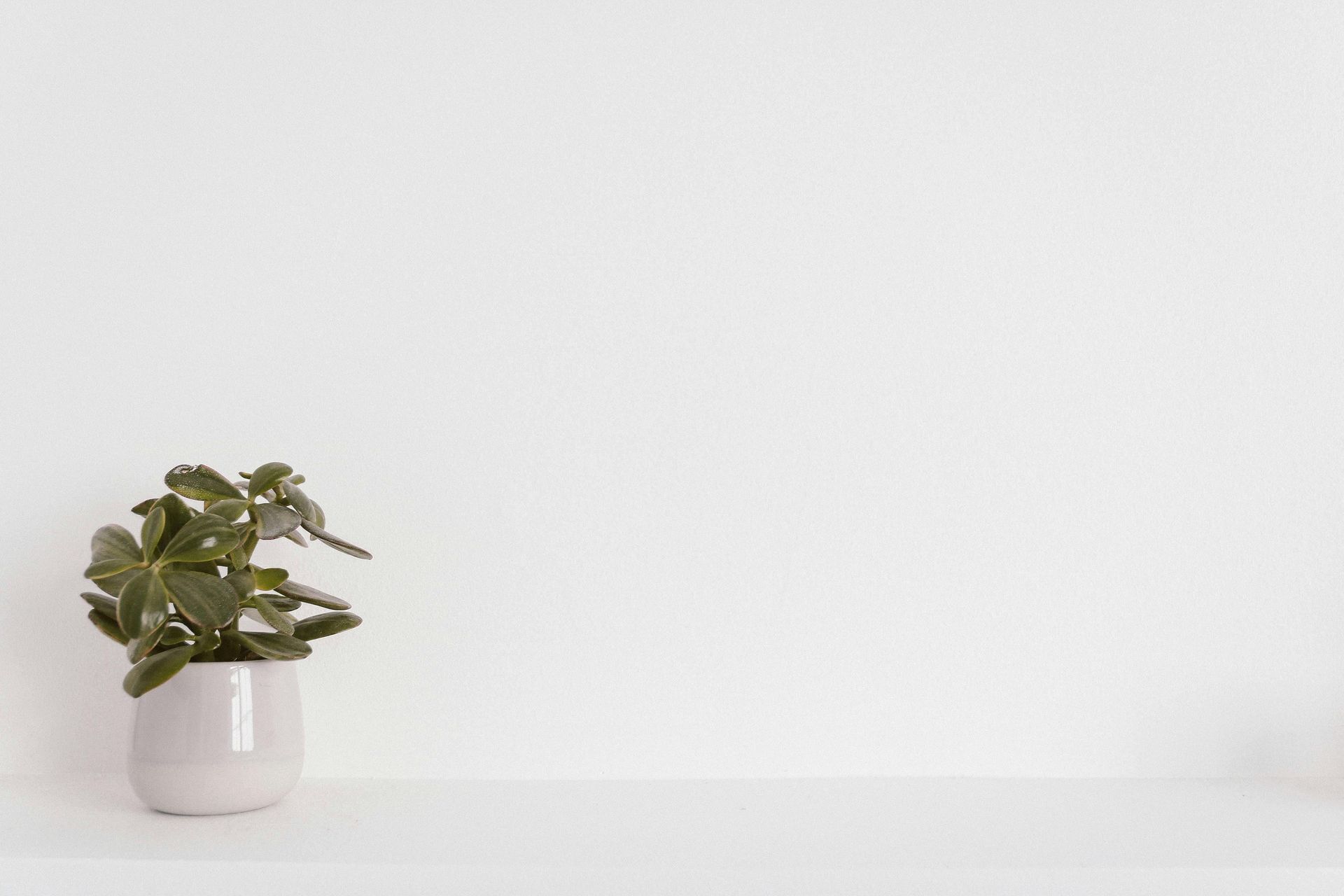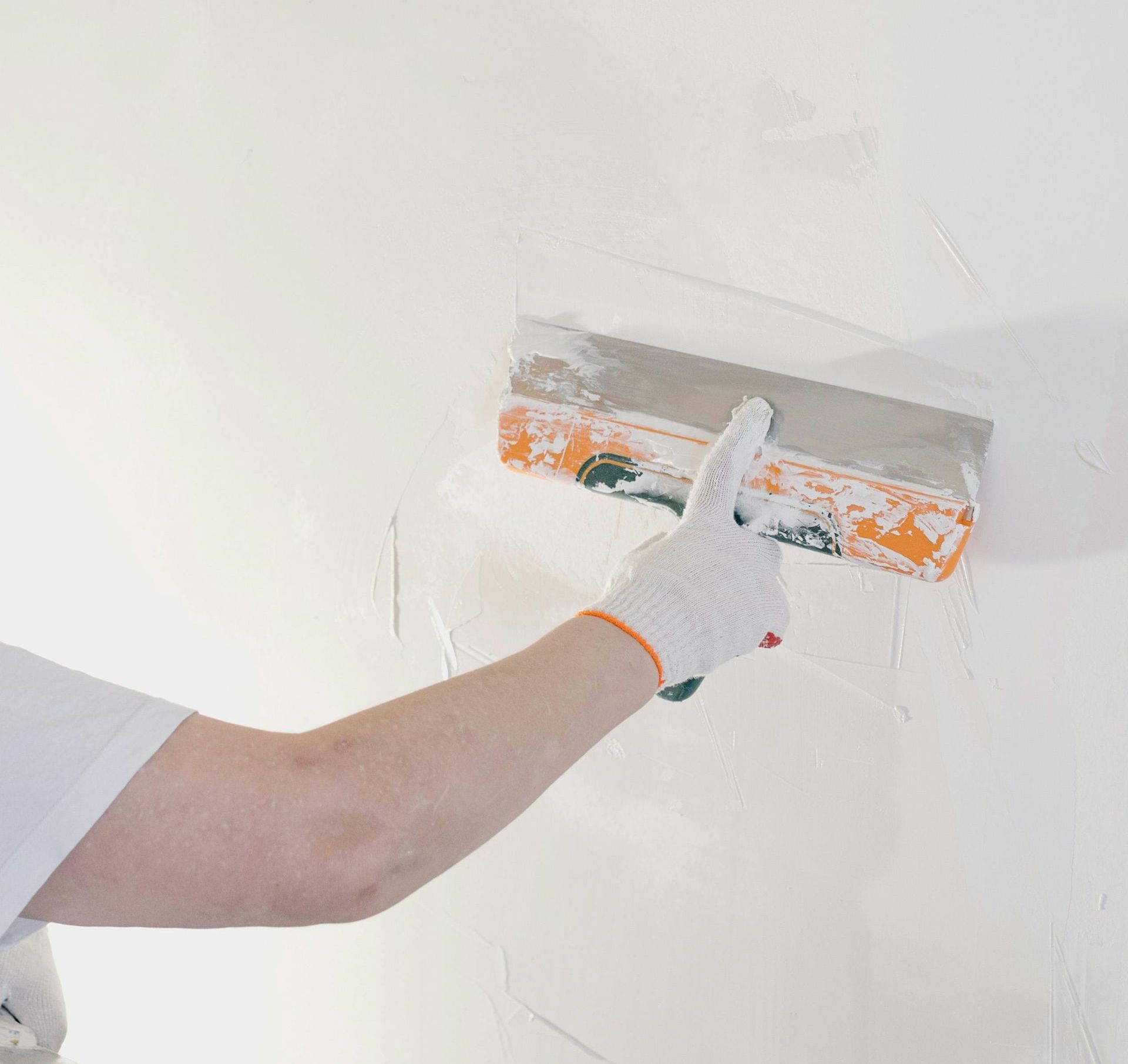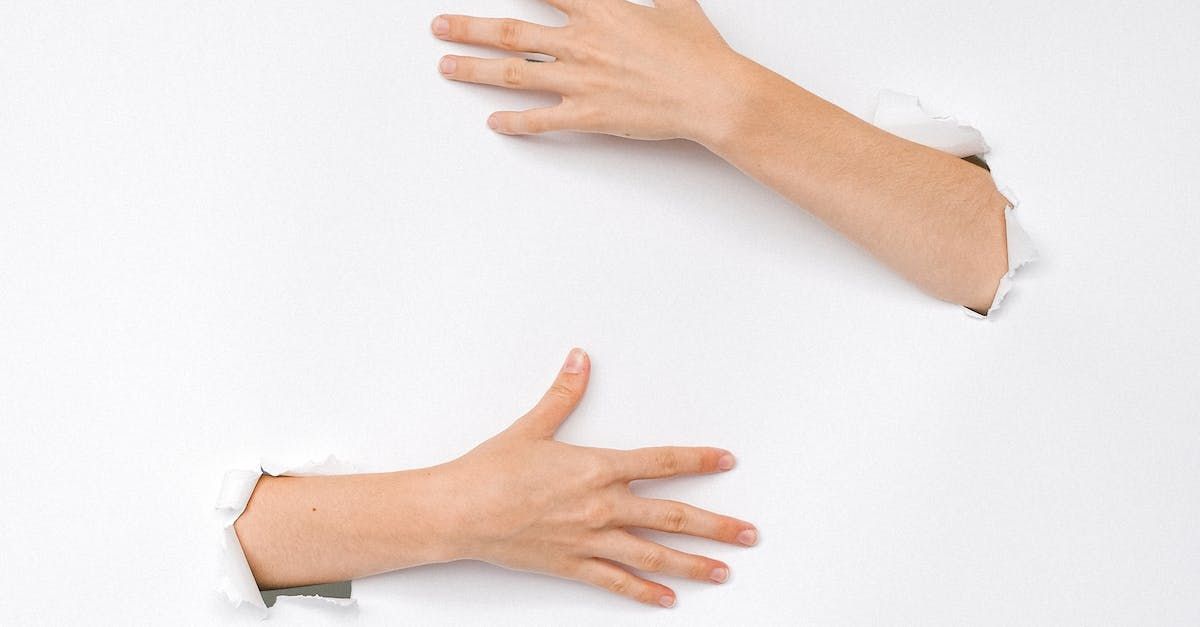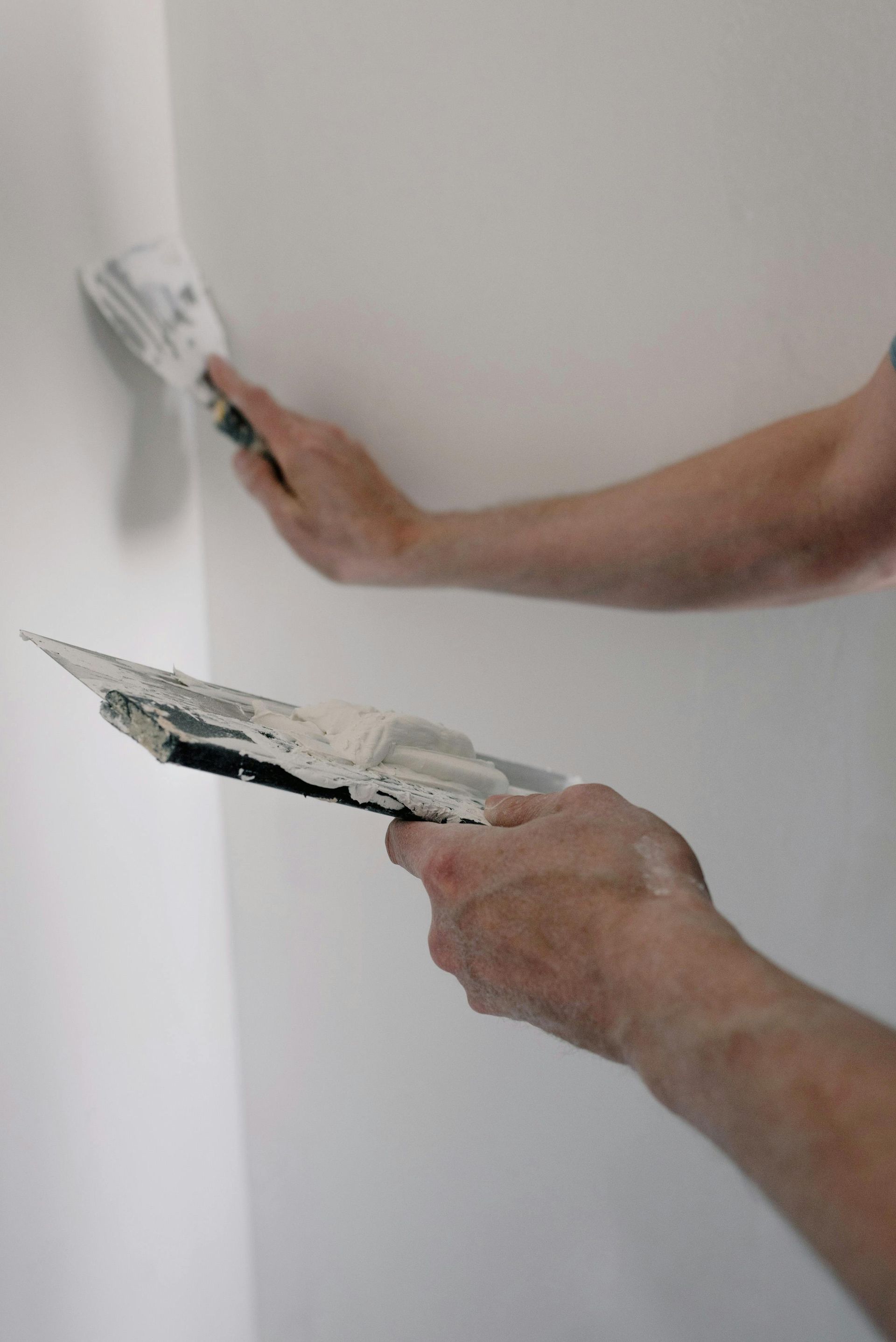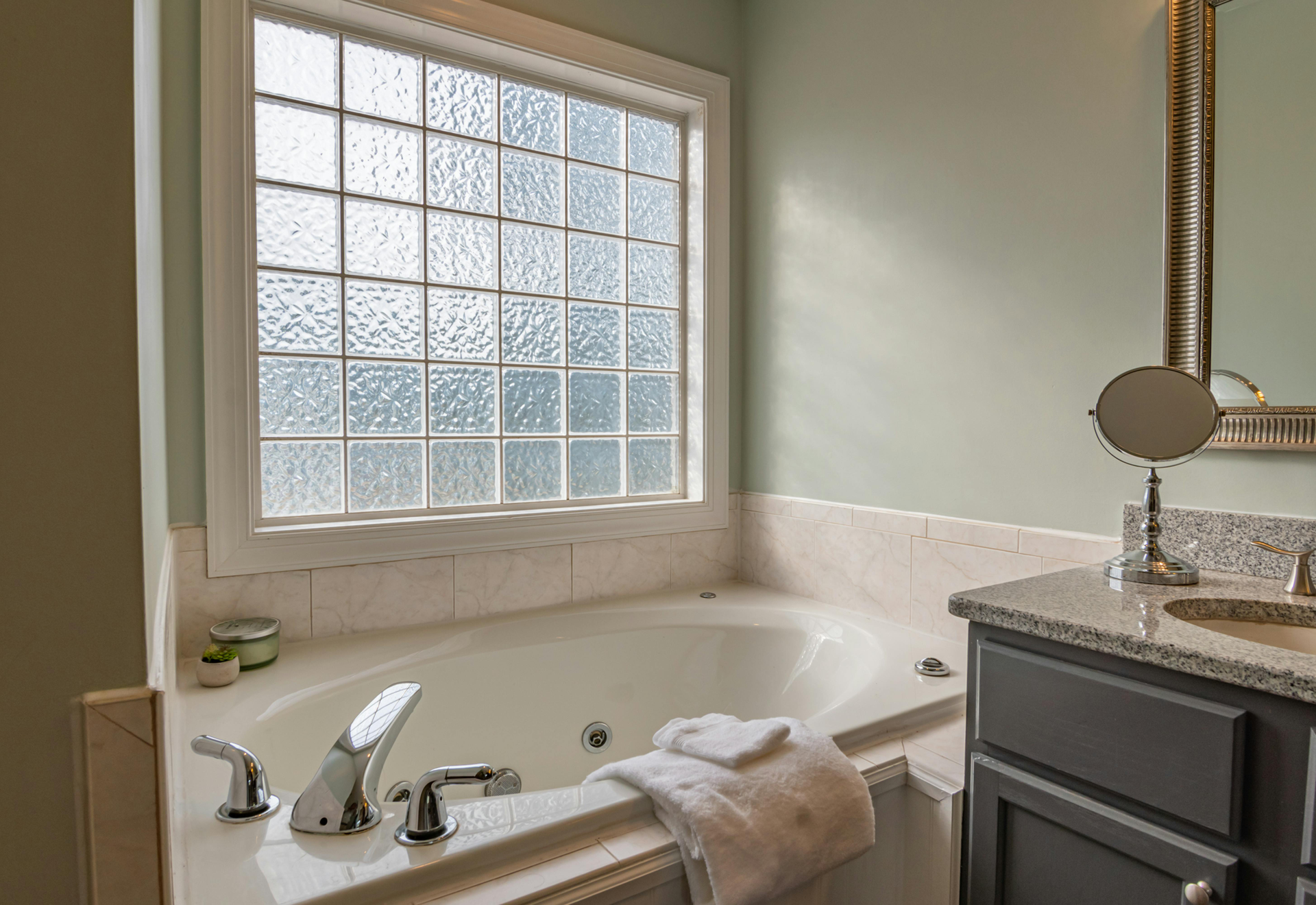All about Texture
Exploring Ceiling Textures in Drywall:
Evolution, Styles, and Repair Solutions
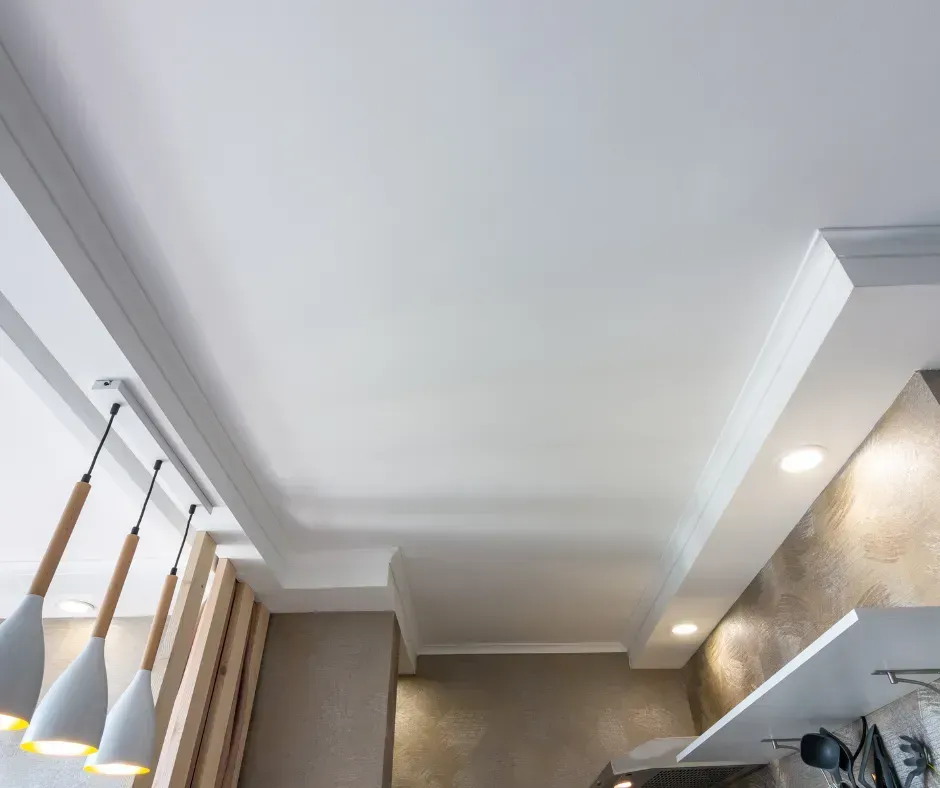
Ceiling textures have long been a defining feature in interior design, offering both aesthetic appeal and practical benefits. Over the years, these textures have evolved, reflecting changing tastes, technological advancements, and cultural shifts. In this comprehensive guide, we'll delve into the various types of ceiling textures, trace their evolution, and discuss how Grand Rapids Drywall Services can assist in repairing or updating your ceiling to match existing textures or achieve a smooth finish.
The Evolution of Ceiling Textures
Early Beginnings: The Rise of Textured Ceilings
In the early 20th century, smooth plaster ceilings were standard. However, as construction techniques advanced, textured ceilings emerged as a practical solution to conceal imperfections and enhance acoustics. The 1920s and 1930s saw the introduction of popcorn ceilings, which became a staple in residential homes due to their cost-effectiveness and noise-dampening properties.
The 1970s and 1980s: The Popularity of Artex and Popcorn Ceilings
During the 1970s and 1980s, Artex—a textured coating applied to ceilings—gained popularity in the United Kingdom. It allowed homeowners to add decorative patterns without the need for skilled plastering. However, many Artex products from this era contained asbestos, posing significant health risks when disturbed .
In the United States, popcorn ceilings continued to dominate, favored for their ability to mask imperfections and reduce noise. These ceilings were typically created using spray-on treatments containing materials like vermiculite or polystyrene .
The 1990s to Present: A Shift Towards Smooth and Subtle Textures
As design preferences shifted towards cleaner, more minimalist aesthetics, the popularity of textured ceilings waned. The 1990s and 2000s saw a decline in the use of popcorn and Artex ceilings, with homeowners opting for smoother finishes that offered a more contemporary look.
Today, while smooth ceilings are prevalent, various textured finishes are still employed to add character and depth to interiors.
Common Types of Ceiling Textures
1. Popcorn Ceiling (Acoustic Ceiling)
Popcorn ceilings, also known as acoustic ceilings, were widely used in the mid-20th century. They are characterized by a bumpy, stippled appearance created by spraying a mixture of materials onto the ceiling. While effective at hiding imperfections and reducing noise, these ceilings often contain asbestos in older homes, posing health risks when disturbed .
2. Knockdown Texture
Knockdown texture involves applying drywall mud to the ceiling to form peaks, which are then flattened using a knockdown knife. This technique creates a mottled, dimensional surface that can effectively hide imperfections and add depth to a room. It's a popular choice for its subtle appearance and ease of application .
3. Orange Peel Texture
Orange peel texture resembles the surface of an orange, with a subtle, dimpled pattern. It's created by spraying a thin layer of joint compound onto the ceiling and then lightly texturing it. This finish is favored for its smooth yet textured appearance and is relatively easy to repair if damaged .
4. Skip Trowel Texture
Skip trowel texture is achieved by applying joint compound to the ceiling with a trowel in a skipping motion, leaving behind an uneven, hand-applied pattern. This technique is often used to create a Mediterranean or Old World aesthetic and can add a rustic charm to a room .
5. Smooth Ceiling
Smooth ceilings are characterized by their flawless, uninterrupted surfaces. Achieving a smooth finish requires meticulous preparation and application to ensure that no imperfections are visible. While challenging to repair, smooth ceilings offer a modern, clean look that complements various interior styles .
Repairing and Updating Ceiling Textures with Grand Rapids Drywall Services
Whether you're looking to repair existing ceiling textures or update them to a more modern finish, Grand Rapids Drywall Services offers professional solutions tailored to your needs.
Matching Existing Textures
If your ceiling has a specific texture that you'd like to preserve or repair, our team can match the existing pattern seamlessly. Using specialized tools and techniques, we can replicate textures such as knockdown, orange peel, or skip trowel, ensuring a consistent appearance throughout the ceiling.
Removing Textures for a Smooth Finish
For homeowners desiring a sleek, modern look, removing textured ceilings is a viable option. Our experts can safely remove outdated textures like popcorn or Artex, taking necessary precautions to handle materials that may contain asbestos. Once the texture is removed, we can apply a smooth finish, transforming your ceiling into a contemporary focal point.
Professional Repair Services
In cases where only a portion of the ceiling is damaged, our team can perform targeted repairs. We carefully blend new materials with the existing texture to restore the ceiling's integrity and appearance. Whether it's a small patch or a larger area, we ensure that the repair is virtually undetectable.
Conclusion
Ceiling textures have evolved significantly over the years, from the practical applications of early textured finishes to the sleek, modern aesthetics of today's smooth ceilings. Whether you're interested in preserving a classic texture or updating to a contemporary finish, Grand Rapids Drywall Services is equipped to handle all your ceiling needs. Our expertise in matching, removing, and repairing various ceiling textures ensures that your home maintains its beauty and functionality for years to come.
For more information or to schedule a consultation, contact Grand Rapids Drywall Services today.
Servicing:
Grand Rapids, Michigan and a vast majority of the surrounding West Michigan communities.
Ada, Forrest Hills, EGR, Comstock Park, Grandville, Walker, Hudsonville, Wyoming, Kentwood
Copyright Grand Rapids Drywall Services © 2024
